Bioplastic is a promising alternative to conventional plastics that pollute the environment, for example in the form of food packaging. In this article, you will learn more about bioplastics such as PLA , its properties and its importance as a sustainable alternative to conventional plastics.
What is bioplastic?
Bioplastic, also called bioplastic, is an environmentally friendly alternative to conventional plastics. It is made from plant-based materials such as corn starch, sugar cane or potatoes and is either bio-based, biodegradable or both. Bio-based plastics are made from renewable raw materials and thus reduce dependence on fossil fuels. Biodegradable bioplastic can be broken down by microorganisms under suitable conditions and therefore has a significantly lower impact on the environment than conventional plastic.
Examples of bioplastics and bioplastics
All bioplastics are environmentally friendly alternatives to conventional plastics because they are made from renewable raw materials. Examples of bioplastics are PLA (polylactic acid) from corn or sugar cane, PHA (polyhydroxyalkanoates) from microorganisms, and starch-based bioplastics obtained from plant starch. These materials are used in medicine, in disposable products or in all types of packaging. Examples of bioplastics from our range are our packaging made from bagasse , although the material bagasse is often referred to as "plastic made from sugar cane".
Is bioplastic compostable?
Not all bioplastics are automatically "compostable plastic". Some types of bioplastics are bio-based but still not biodegradable. Compostability depends on the chemical structure of the bioplastic. However, other bioplastic materials, such as PLA, are compostable and can be completely broken down under the right conditions. Biodegradable to-go packaging is an important step towards greater sustainability in the catering industry.
How do you dispose of bioplastics?
Disposal of bioplastics depends on the type of bioplastic. Bio-based plastics that are not biodegradable should be recycled like conventional plastics. Biodegradable bioplastics, such as PLA, should be disposed of in industrial composting facilities to allow for complete degradation.

How is PLA made?
PLA (polylactide) is one of the best-known bioplastics. PLA is made from plant starch such as corn or sugar cane. Through fermentation (a microbial process), this starch is converted into a type of sugar called lactic acid. This lactic acid is then further processed into PLA through polymerization (another chemical process).
Is PLA compostable?
Yes, under the right conditions PLA is compostable. In industrial composting facilities with appropriate temperature and humidity conditions PLA can biodegrade completely. The length of the degradation process varies, but typically PLA will degrade to carbon dioxide, water and biomass within a few months.
How should you dispose of PLA?
PLA should be disposed of under controlled conditions - in composting facilities. There it is broken down by microorganisms and returns to the natural cycle as a nutrient. It is important not to simply throw PLA into the environment or dispose of it in your home compost, as this can slow down the process of biodegradation.
Bioplastics: Compostable plastic as a sustainable alternative
Bioplastic is an important, sustainable alternative to conventional plastic. It has similar product properties to plastic, but as "compostable plastic" it is significantly more environmentally friendly. PLA , as one of the best-known bioplastics, shows how sustainability and innovation can go hand in hand to reduce the environmental impact of plastics and contribute to a more sustainable future.


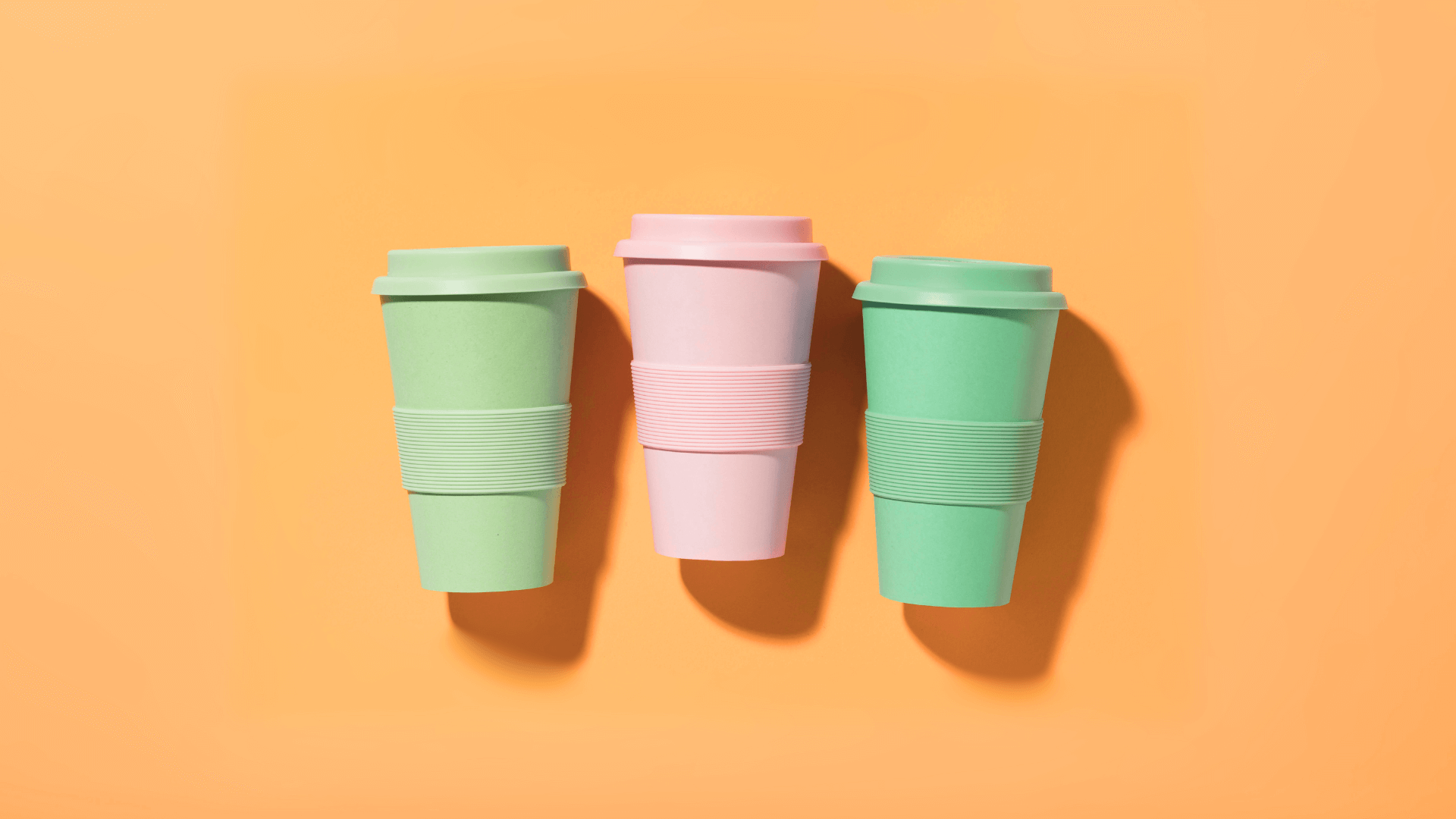
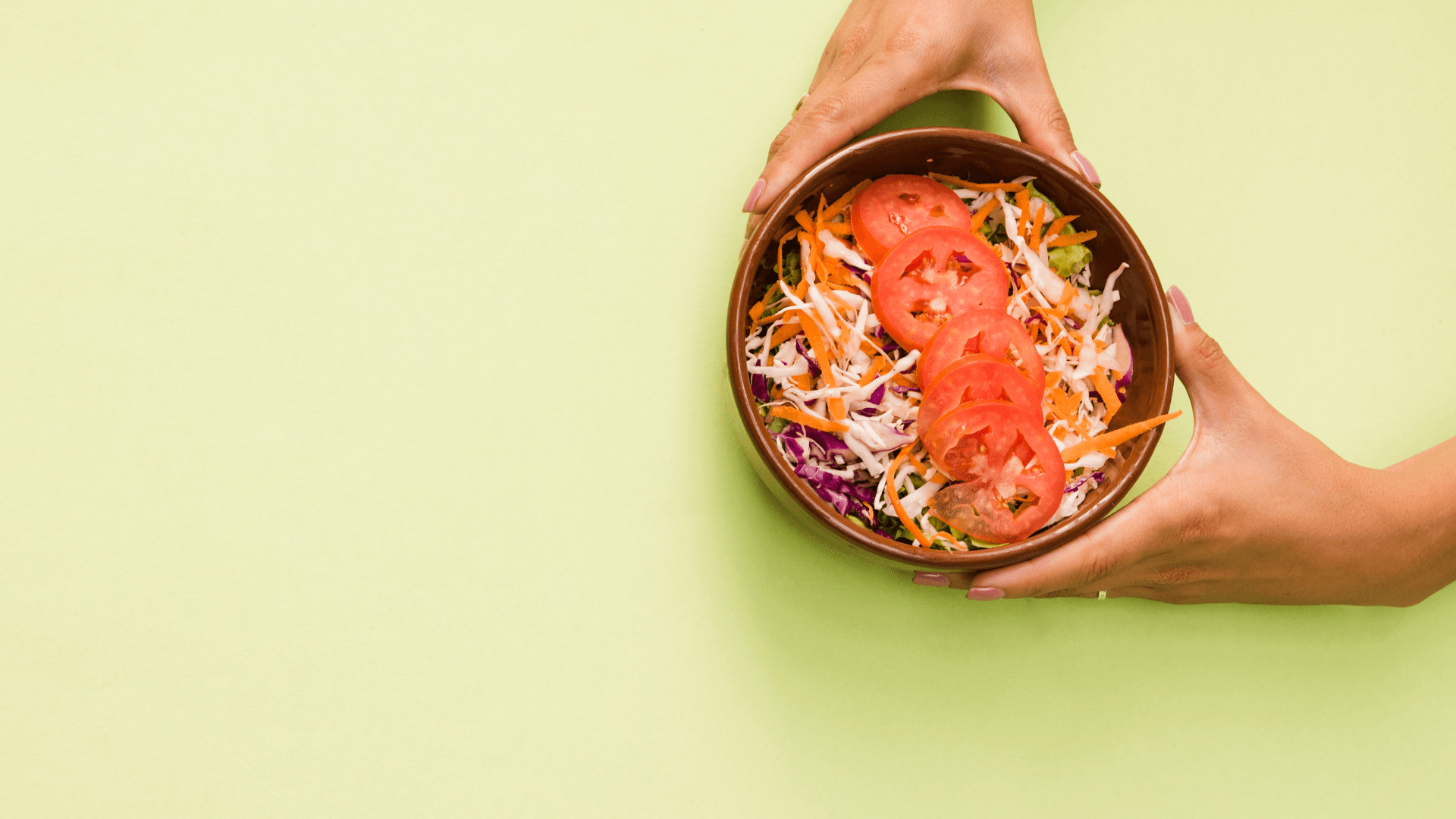
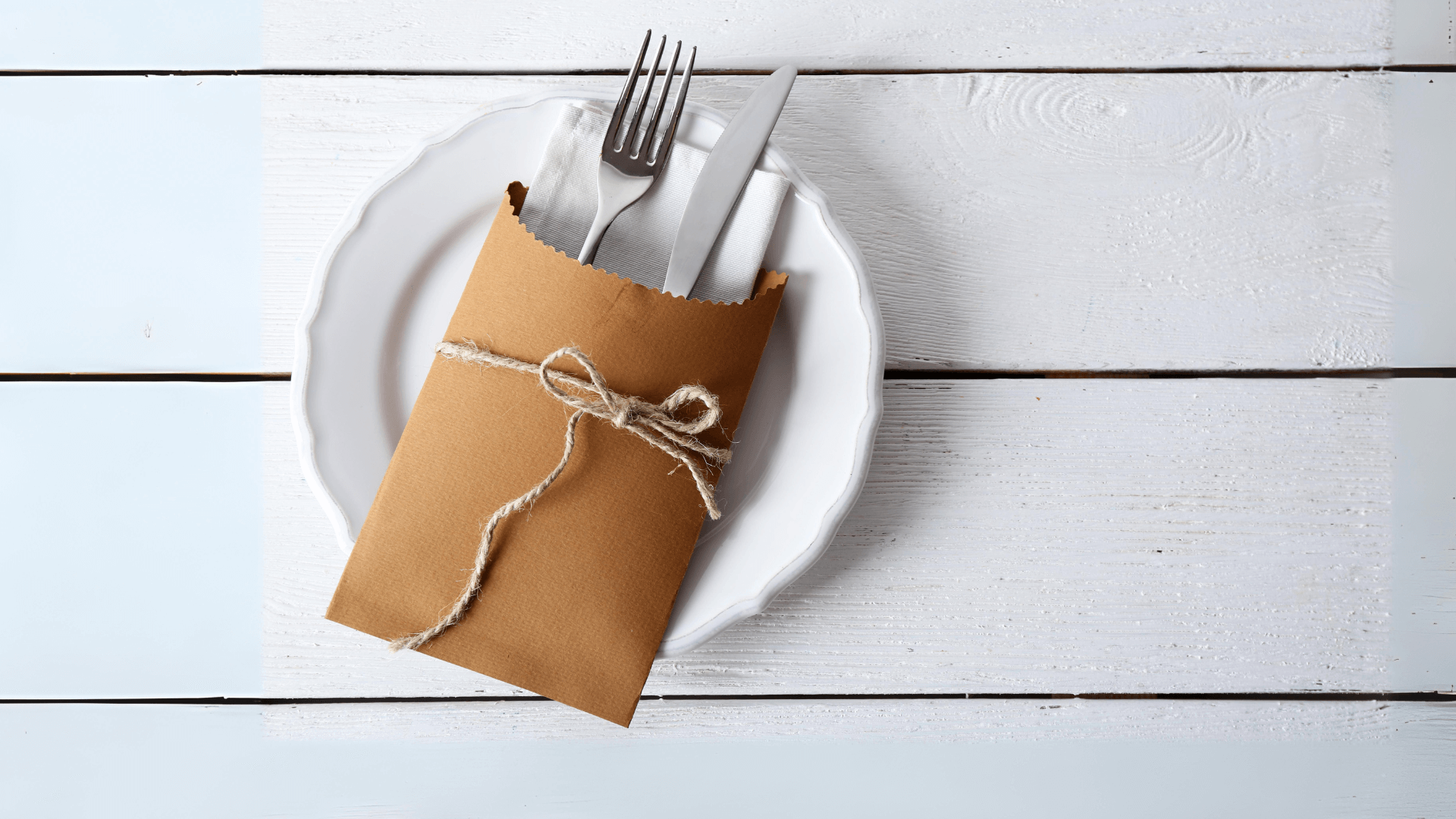


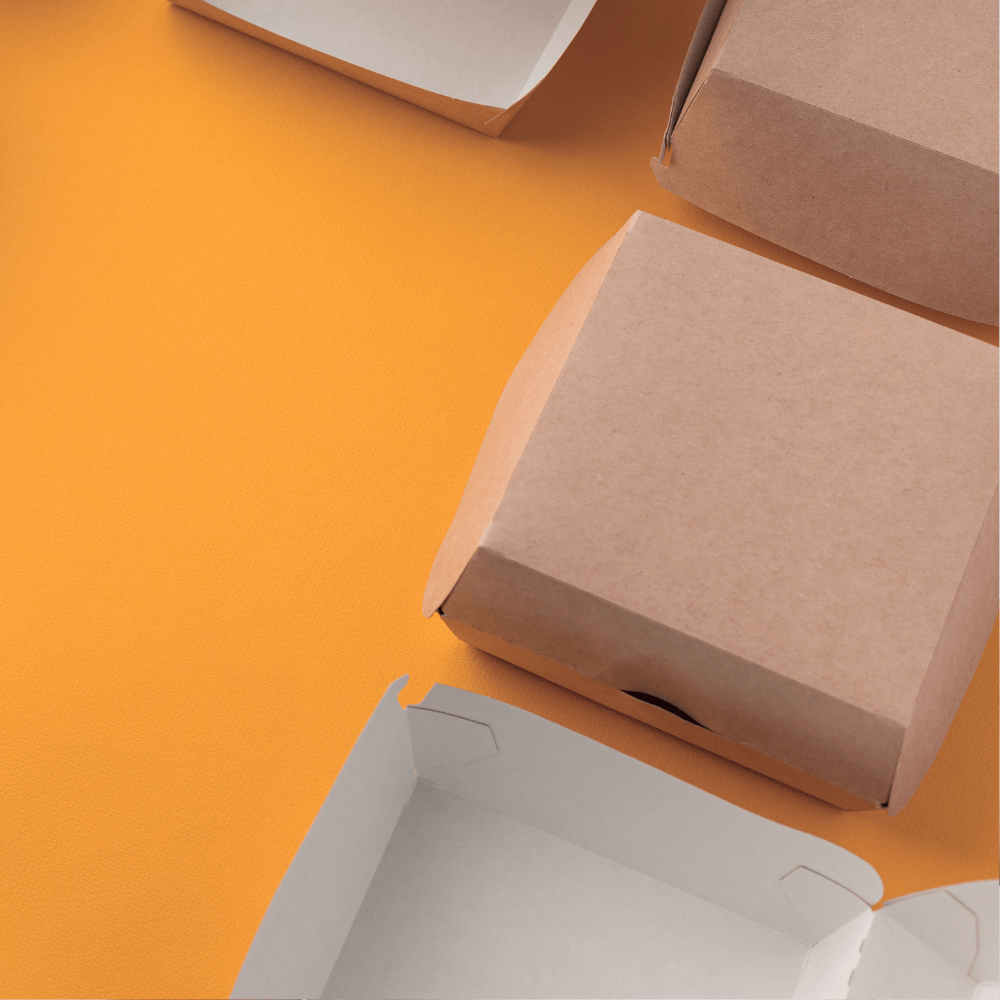

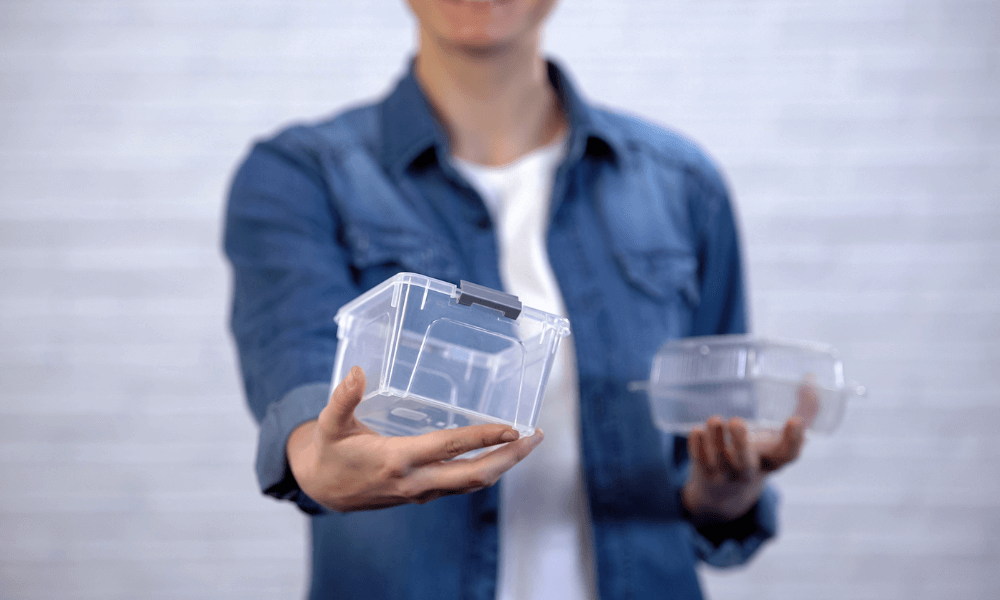

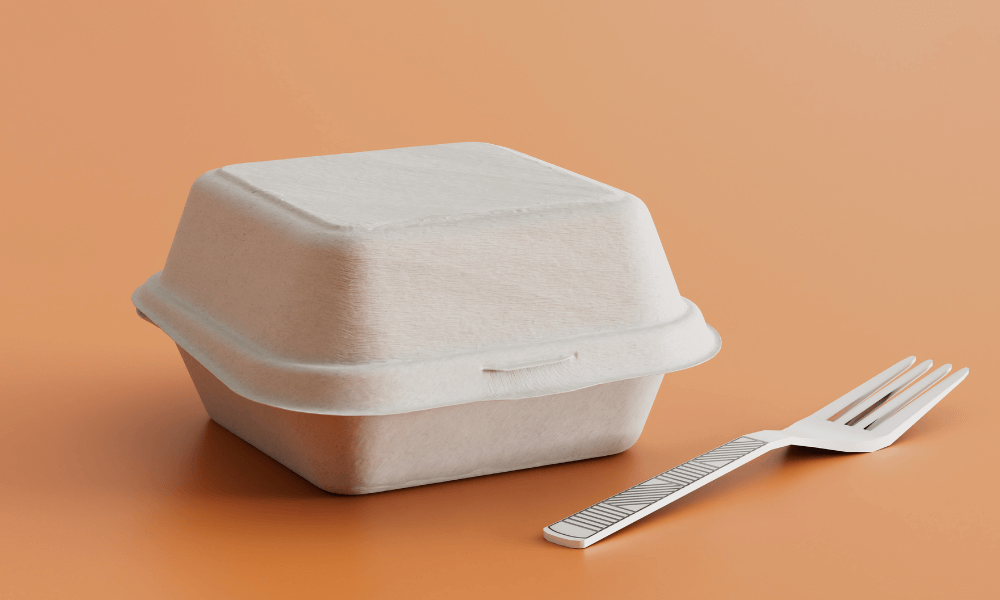

Leave a comment
This site is protected by hCaptcha and the hCaptcha Privacy Policy and Terms of Service apply.